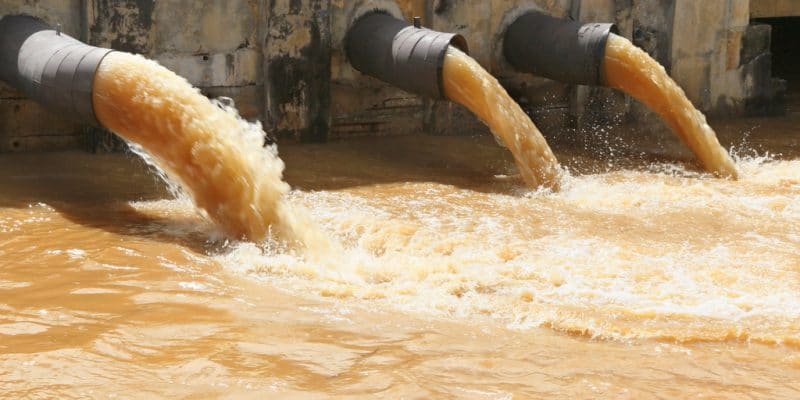African and European researchers are currently working on the implementation of the SafeWaterAfrica operation. It's about the development of a concept for a small wastewater treatment plant, which is being installed in Ressano Garcia, Mozambique.
A wastewater treatment plant will be installed in Ressano Garcia, a small town in southern Mozambique on the border with South Africa. The city is one of the most affected cities by water scarcity in Mozambique. Forty percent of the population throughout the country is still deprived of safe drinking water. The “SafeWaterAfrica” solution, which is currently being developed by African and European researchers, would make it possible to disinfect water in a more efficient, sustainable and cost-effective way for sub-Saharan Africa.
Ozone to purify water
“SafeWaterAfrica” will use the following processes for water treatment: coagulation, settling and the various filtration phases. As explained by Amiro Abdula Martins, a Mozambican civil engineer working on the implementation of the project, the system produces ozone in water, which contains active ingredients that will be used to clean the water later. “Our studies have shown that this system is capable of cleaning 80 to 90% of the dirt in the water,” he told Euronews. The plant, which will therefore operate by electrochemical oxidation, will detect and destroy harmful pollutants contained in the water and inactivate germs and other pathogens.
Treating water to save lives
Water treatment in Africa has several challenges for the continent, particularly in terms of limiting wastewater-related deaths. In an interview with Euronews, Sylvestre Mario Trigo, manager of the Ressano Garcia municipal water treatment plant, explains that “14,000 people live in Ressano Garcia. Some of them do not have access to drinking water and therefore come to take water from the river, though it is not treated.” The use of such water is the cause of several cases of diarrhoea and other diseases recorded in the locality. In addition, 50 of the 500 patients treated every day in the health centre in this locality are carriers of diseases such as cholera, dysentery, typhoid, diarrhoea….
SafeWaterAfrica: A “Made in Africa” solution adapted to the continent
For the implementation of the “SafeWaterAfrica” project, European partners from Germany, Italy and Spain joined forces with scholars and industrialists from South Africa and Mozambique. The two parties are pooling their expertise in wastewater treatment to provide an optimal solution for the 130 million people deprived of drinking water in the 16 sub-Saharan African countries covered by the project. This collaboration also aims to provide a “Made in Africa” solution, which is accepted by the beneficiaries, because it responds to their socio-cultural realities. A station with a similar process is already operating in South Africa and treats an average of 1,300 litres of water per hour. That’s just over 10,000 litres of water per day.
Luchelle Feukeng






